Does your sweet, sleepy cat suddenly turn into a kitchen gremlin the moment food hits the bowl? You might be dealing with food aggression, and yes, cats can absolutely have it. Learning how to stop food aggression in cats starts with understanding that it isn't just about being hungry.
Some cats grow up stealing meals to survive. Others just hate being watched while they eat. Their instincts tell them to protect every bite like it's the last mouse on Earth. This behavior isn't rare, and it can show up in even the cuddliest cats.
Want to know why it happens and how to calm the chaos? Let's break it all down.
Signs That It's Time to Address Food Aggression

Cats who growl near food, swipe at siblings, or beg nonstop are showing clear food aggression behaviors. These signs can stir up trouble in a multi-cat household and put stress on other pets. If your cat guards meals or acts pushy during feeding time, it's time to step in and reduce food aggression.
Growling, Hissing, or Swatting at Mealtime
Some cats turn into mini bodyguards the moment cat food hits the bowl. Growling low, hissing loudly, or swatting anyone who comes too close are all signs of aggressive behavior tied to mealtime stress. This kind of response often comes from feeling unsafe or from past situations where food was limited.
A cat that had to compete with other pets or went hungry as a kitten may act protective now, even if food is always available. These defensive reactions show your cat is trying to protect what they see as a limited resource. Starting early with calm routines and space can help stop this habit from growing worse.
Guarding the Food Bowl or Blocking Other Pets
Some cats do more than eat. They guard. If your cat stands in front of the food bowl and stares down anyone who comes near, it is showing signs of territorial aggression. This form of cat aggression is often triggered by close feeding spaces or too many animals sharing the same area.
Your cat might block others just to stay in control of the food, even if it has already eaten. This behavior is about more than hunger. It is a signal that your cat feels the need to protect resources, especially in homes with other pets or limited feeding zones. Giving your cat space to eat without feeling watched can ease the tension and lower defensive reactions.
Eating Too Fast or Resource Hoarding Behavior
When a cat eats like the food is about to vanish, there is more going on than excitement. Gulping meals or trying to collect extra food shows signs of food obsession or resource guarding. A cat that once faced excessive hunger or grew up competing for meals may still carry those habits. Even in a safe home, that old survival mindset can linger.
Some cats who were raised in large litters or lived outdoors as feral cats never learned to relax at mealtime. These eating patterns can lead to upset stomachs and tension between pets. Helping your cat feel safe and feeding small meals more often can make a big difference in their behavior.
Setting the Right Feeding Environment
The right setup can help reduce food aggression fast. Feed pet cats in a spot that feels peaceful, private, and safe. Avoid noisy areas or high traffic zones. A calm space helps ease feline aggression and creates a better mood at feeding time. It also helps cat parents manage bad behavior linked to stress.
Separate Feeding Stations for Multi-Cat Homes
In a multi-cat household, shared mealtimes can quickly turn into turf wars. Cats are solitary predators by nature, so being forced to eat shoulder-to-shoulder goes against their instincts. This setup can trigger territorial aggression, swatting, growling, or one cat blocking access to the bowl.
To avoid this, set up separate feeding zones in different rooms or corners of the home.
-
Make sure each cat has their own food bowls and enough space to feel safe
-
Avoid lining bowls up next to each other, even if it seems easier
-
Use furniture, walls, or barriers to create visual separation
Some aggressive cats feel more confident when they eat without being watched by other cats. These changes may seem small, but they can help reduce food aggression in cats and make mealtime less tense for everyone involved.
Quiet, Calm Locations Away From Foot Traffic
Cats prefer to eat in peace, not in the middle of household chaos. Place food bowls in low-traffic areas where your cat can focus on eating without constant interruptions. Avoid placing food near litter boxes, laundry rooms, or areas with loud noises, like appliances or televisions.
A calm feeding zone helps your indoor cats feel secure and lowers stress-related behaviors.
-
Choose corners with soft lighting and fewer sudden movements
-
Keep food away from doorways or busy walking paths
-
Avoid placing bowls in areas where other household pets roam during meals
A quiet, private space helps manage food aggression by removing triggers that may cause prompt aggressive behavior. Think of it like giving your cat their own little dining room where no one bothers them.
Step-by-Step: How to Stop Food Aggression in Cats

Solving food aggression in cats takes more than guesswork. With a few smart steps, you can change the way your cat feels about mealtime.
Each move helps your cat feel secure, respected, and less tense around food. Let's walk through what really works, one step at a time.
Step 1: Stay Calm and Keep Your Distance
If your cat growls or acts ready to swipe at the food bowl, don't jump in. Let them finish in peace. Hovering can increase aggressive behavior and spark more tension. Give your cat personal space so they don't feel pressured.
Handling food aggression starts with respecting boundaries. Let them feel safe while eating and avoid physical contact during meals, especially if cat aggression has already been triggered.
Step 2: Feed Consistently and on a Schedule
Cats thrive with routine. Skipping meals or feeding late can build up stress-related behaviors. A steady feeding time helps prevent excessive hunger, which often leads to prompt aggressive behavior.
Feed small meals multiple times a day instead of one large dish. This setup mirrors how cats naturally graze and reduces the chance they'll act out. Keeping food steady and predictable makes a huge difference in how cats behave.
Step 3: Use Puzzle Feeders or Slow Feed Bowls
Speed-eating can trigger stomach upset and feline aggression. Puzzle feeders or slow-feed bowls stretch out mealtime and give your cat a task to focus on. These tools mimic natural hunting instincts and encourage mental stimulation.
Food puzzles and dispensing toys are simple tools that help calm food obsessed cats and cut down on aggression. Bonus is they turn mealtime into something fun instead of frantic.
Step 4: Gradually Desensitize With Controlled Presence
Start by sitting nearby at a safe distance while your cat eats. Stay relaxed and avoid staring or sudden movements. Over time, you can inch closer as your cat learns to trust your presence. This helps with resource guarding and lowers the risk of displaced aggression.
For aggressive cats, slow exposure works better than rushing in. Keep your sessions short and positive while you manage food aggression step by step.
Step 5: Reward Calm Mealtime Behavior With Treats
Praise matters. After your cat finishes eating without growling or guarding, offer a special treat in a different spot. This builds trust and reinforces calm behavior. With positive reinforcement, you can replace unwanted habits with behaviors you actually want to see.
Over time, your cat will start to expect calm vibes instead of chaos. This is key for cat parents trying to improve cat behavior without fear or force.
Using Positive Reinforcement the Right Way
Positive reinforcement is not just a training trick. It's a powerful way to shift food aggression behaviors without fear or frustration. By rewarding calm actions and avoiding punishments, cat parents can help their furry friends feel safe around food. Small changes at feeding time can reshape the way pet cats respond.
Reward When Your Cat Eats Calmly
If your cat finishes a meal without growling, swatting, or guarding the bowl from other pets, offer a reward right away. A bit of play, a favorite snack, or a moment of affection can go a long way in shaping better habits. Cats learn quickly when good things follow calm behavior.
Here are a few simple reward ideas:
-
A crunchy CBD cat treat with a flavor your cat loves
-
A few minutes of play with a wand toy or kicker
-
Gentle praise and pets in a quiet spot your cat enjoys
Using positive reinforcement teaches your cat that peaceful mealtime behavior gets them what they want. This method helps reduce aggression in cats and makes feeding feel more secure and predictable.
Never Punish or Interrupt Aggressive Eating
Interrupting a tense cat during meals can make the situation worse. Yelling, clapping, or trying to move them mid-bite adds more pressure. This often causes aggressive behavior to return stronger or show up in new ways.
Instead, focus on calm and steady mealtime habits:
-
Give your cat room to eat without feeling watched
-
Keep their eating area quiet and away from busy foot traffic
-
Avoid direct physical contact while they eat if they show signs of guarding
Most aggressive cats are reacting to discomfort, fear, or past experiences. A peaceful setting and clear boundaries do more than punishment ever will. The goal is to help your cat feel safe enough to let their guard down.
Natural Calming Support for Mealtime Stress
Some cats get twitchy, tense, or full-on dramatic when food shows up. A little calming support can go a long way. If pet parents want to reduce food aggression, try simple tools that make feeding time feel safe. The next few sections cover ways to calm your pet cats without stress.
Comfort-Boosting Scents or Toys Nearby
A cozy setup matters more than most people realize. Add familiar smells, like a blanket your cat likes, or place a soft toy near the food bowls. These small comfort cues can ease tension for indoor cats, especially if they're fearful cats or show stress-related behaviors.
For some, a calming plush or toy with catnip can help lower feline aggression during meals. Comfort helps shift the focus from defending food to just enjoying it.
Natural Calming Options Like CBD for Cats
Natural calming aids may make a noticeable difference in how your cat handles meals. CBD is one of the best options for aggressive cats who need to relax around food and other pets. It may support calm moods without making your cat feel foggy or weird.
Here are some go-to options worth trying:
-
CBD Cat Treats With Salmon Flavor. These crunchy treats from HolistaPet combine calming CBD with a taste cats crave. They're grain-free, made with all-natural ingredients, and contain no weird additives. They may help manage food aggression behaviors and support overall feline health.
-
CBD Calming Chews for Daily Stress. These soft chews may support comfort during tough moments like feeding time in a multi-cat household. CBD promotes relaxation and may help with aggression in cats linked to tension or routine changes. They may provide calmness for a food-obsessed kitty or one who acts edgy around food.
When to Get Help From a Feline Behaviorist

Sometimes cat aggression needs a professional touch. If your cat acts aggressively around meals or shows strange habits, a certified cat behavior consultant can help. These experts know how to spot the root of complex behaviors.
Here are some signs that it's time to call in backup and not just wait things out.
Persistent or Escalating Aggression Signs
If your cat keeps acting up at meals even after changes, it may be time to get outside help. Feline aggression can build over time, especially when it gets ignored. Look out for signs like these:
-
Growling louder or more often at feeding time
-
Swatting before food even hits the bowl
-
Blocking other pets from getting near the cat food
-
Refusing to eat unless completely alone
-
Biting or scratching during meals
These behaviors may need expert behavior modification techniques to change.
Sudden Change in Behavior With No Clear Trigger
A calm cat that suddenly starts guarding food or trying to steal food could be reacting to something deeper. Not all aggression is caused by bad habits. Sometimes, psychogenic abnormal feeding behavior or pain can play a role. Watch for:
-
Sudden food hoarding
-
Avoiding physical contact at meals
-
Changes in body language around food bowls
If these shifts appear fast and without cause, it's smart to ask a veterinary behavior expert or certified cat behavior consultant to evaluate your cat's needs.
Final Thoughts: Creating a Peaceful Mealtime for Every Cat
Every cat deserves a calm, cozy meal without growls, swats, or stress. By spotting signs early, setting up the right environment, and using simple tools like food puzzles or small meals, pet parents can turn chaos into calm.
If your kitty still acts up, don't stress. Natural calming help, like CBD cat treats or soft calming chews from HolistaPet, can make a big difference. These tasty, gentle options support relaxation without changing your cat's personality. HWith patience, consistency, and the right tools, you can reduce food aggression and bring peace back to the bowl—one purr at a time
Click here for more cat care advice!






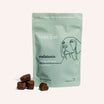
![Probiotics For Dogs [Soft Chews] - HolistaPet](http://www.holistapet.com/cdn/shop/files/Probiotic-Infographic-1_472d7a29-e30c-435a-9638-1365d8c3a9f9.jpg?v=1725384841&width=104)
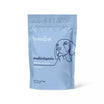




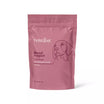
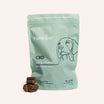
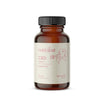
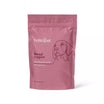
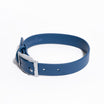
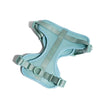
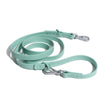

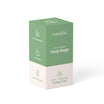
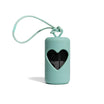

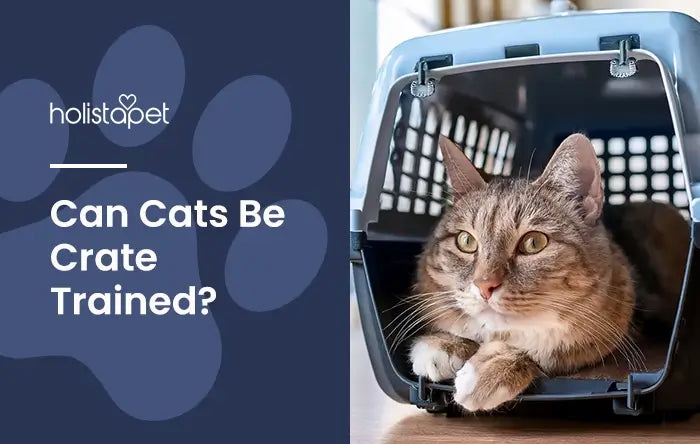
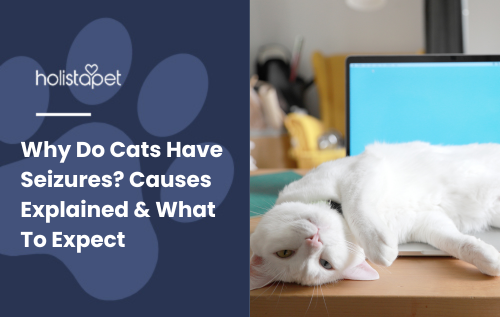
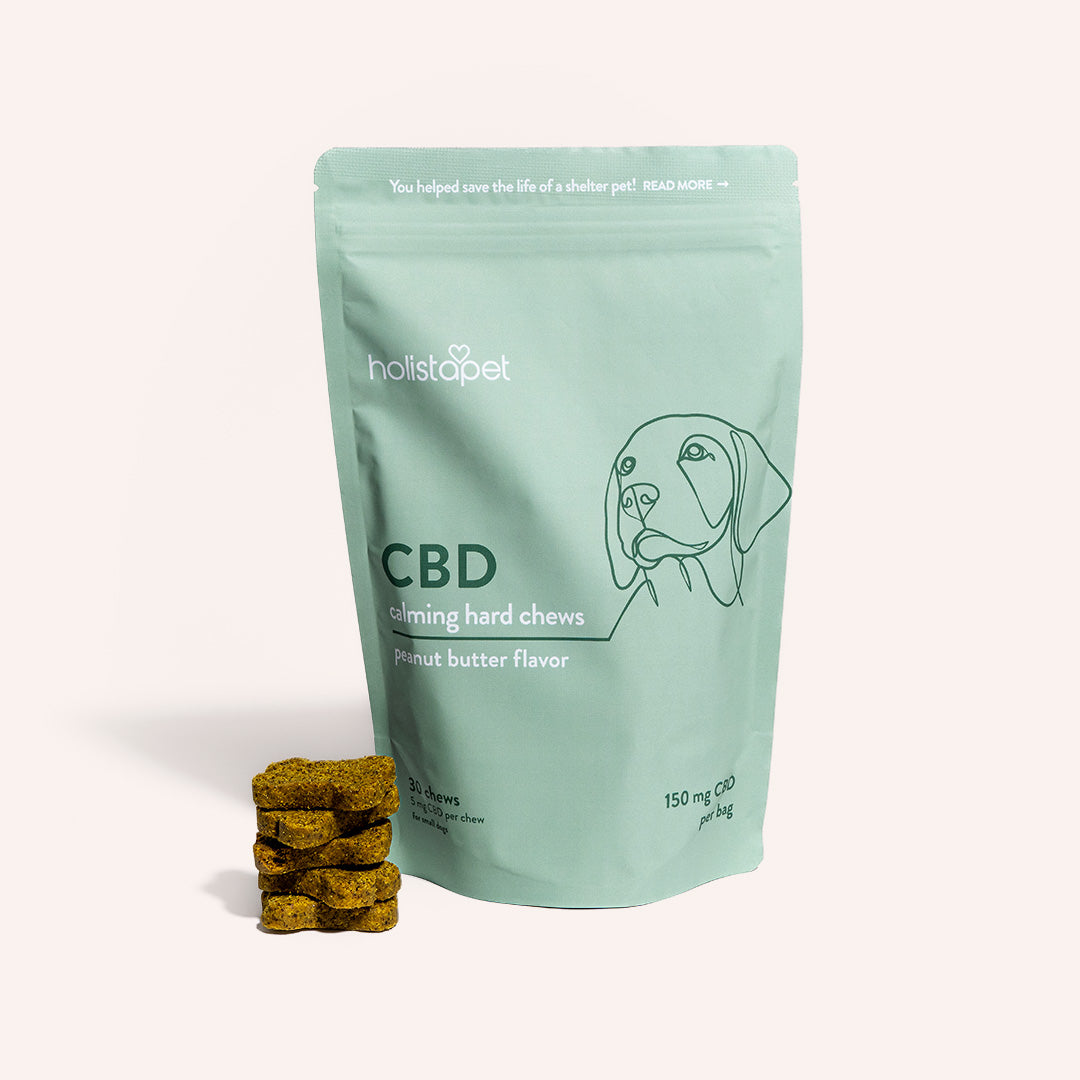
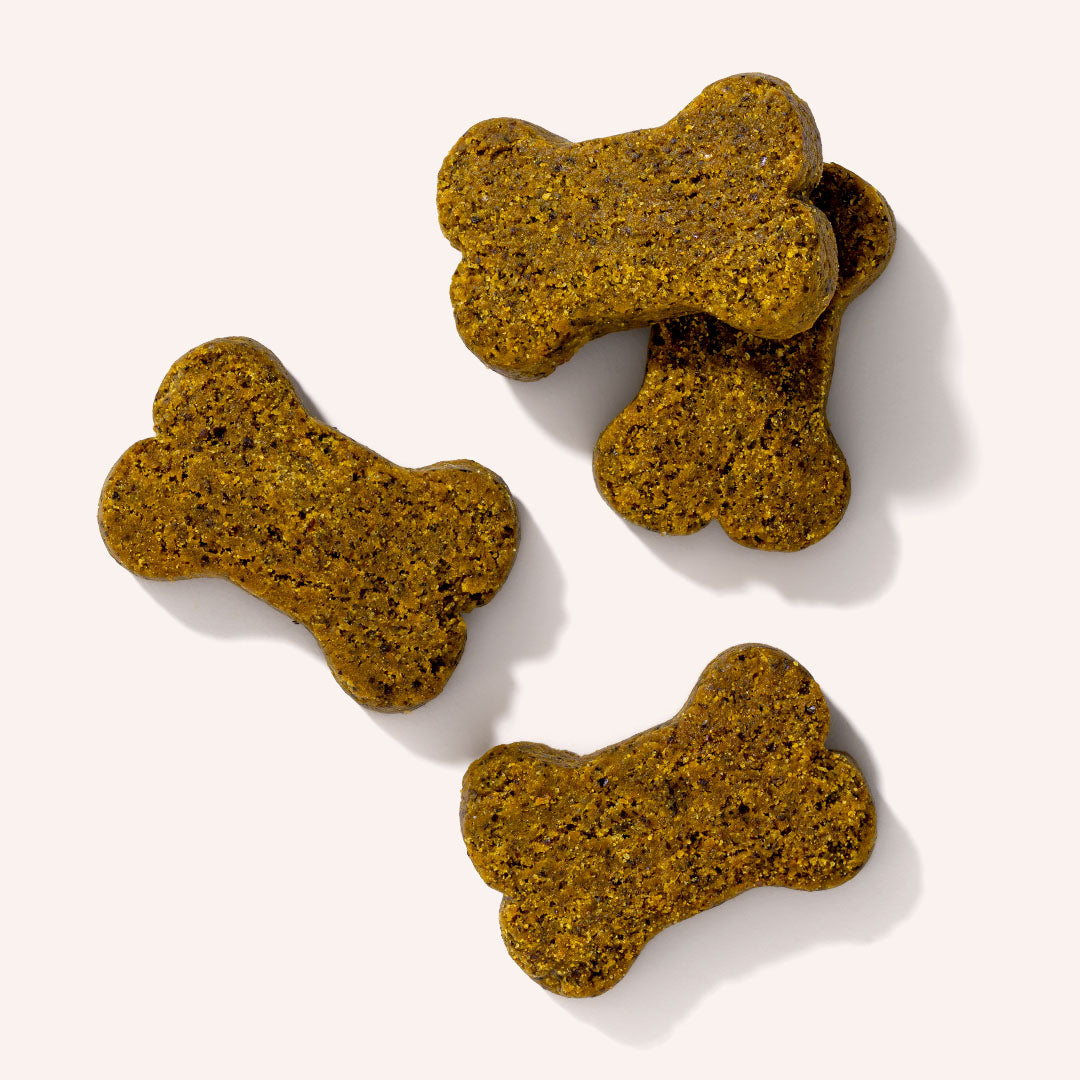

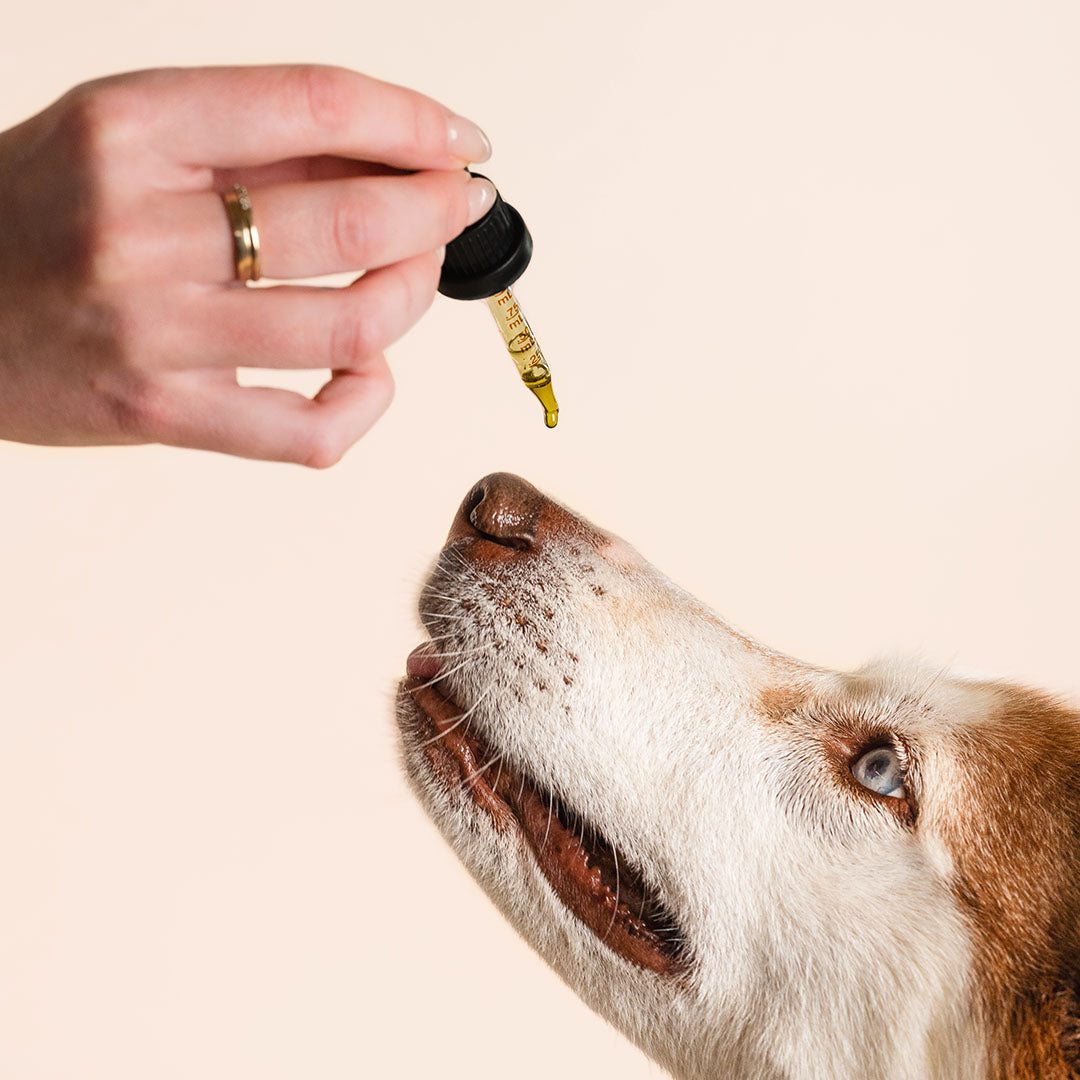
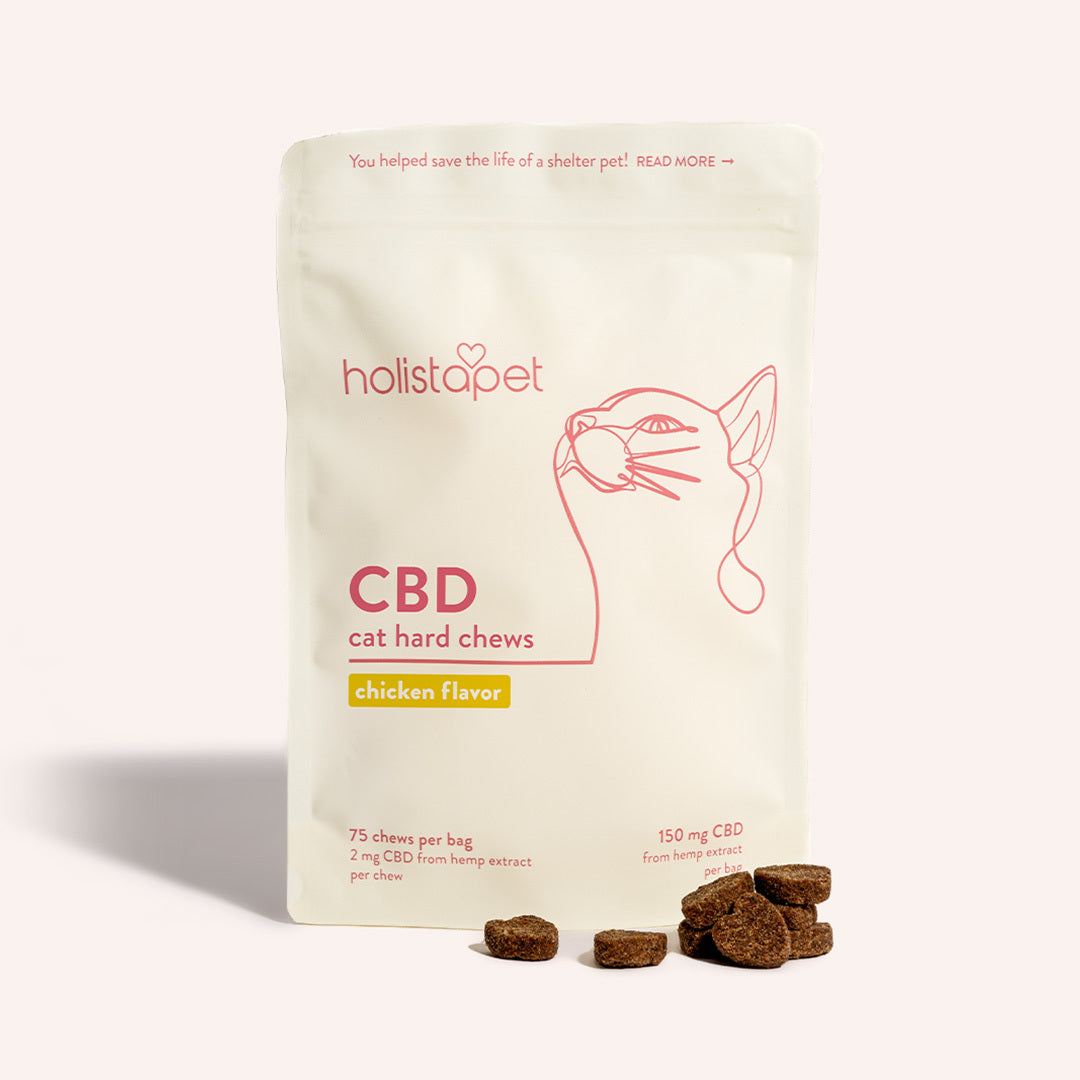
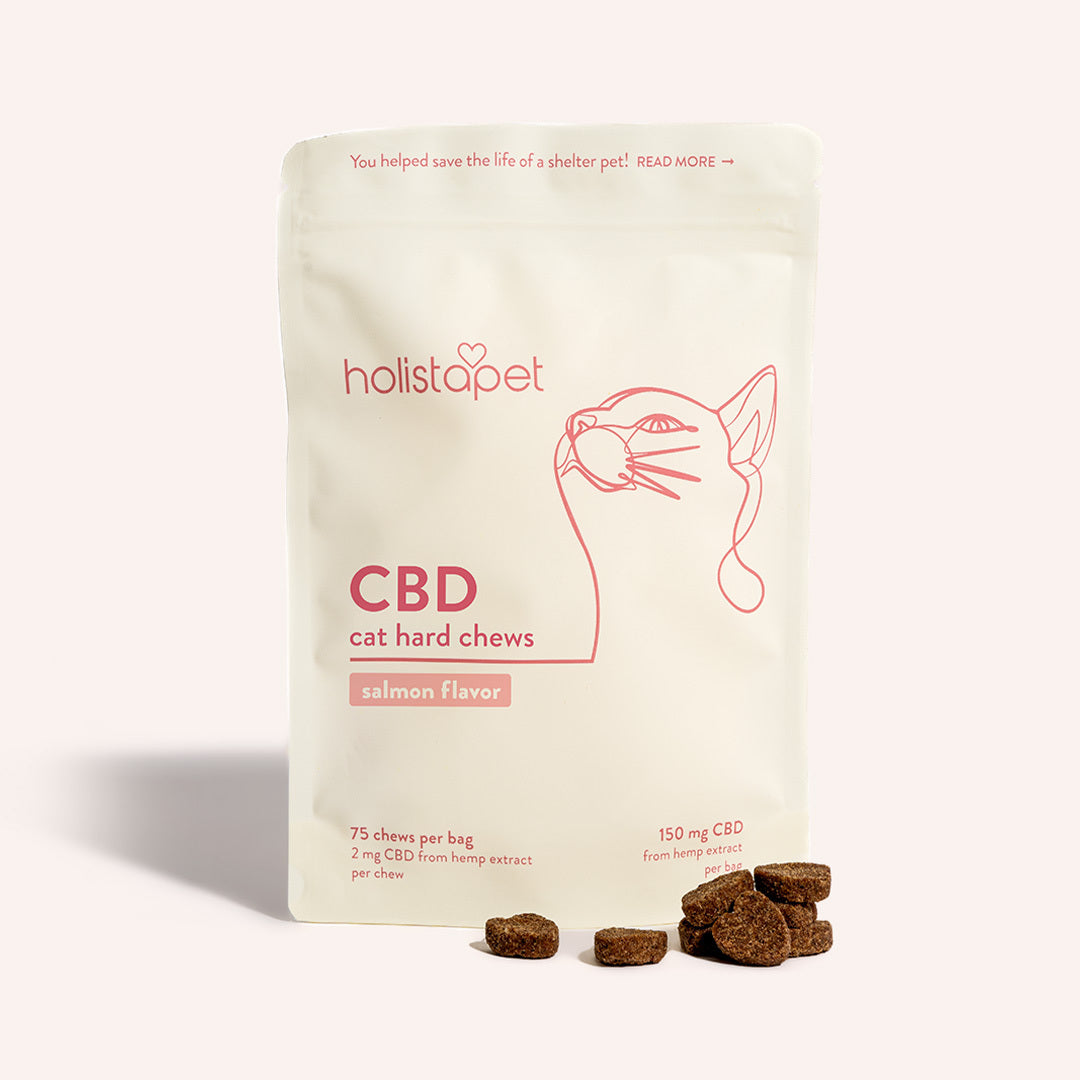
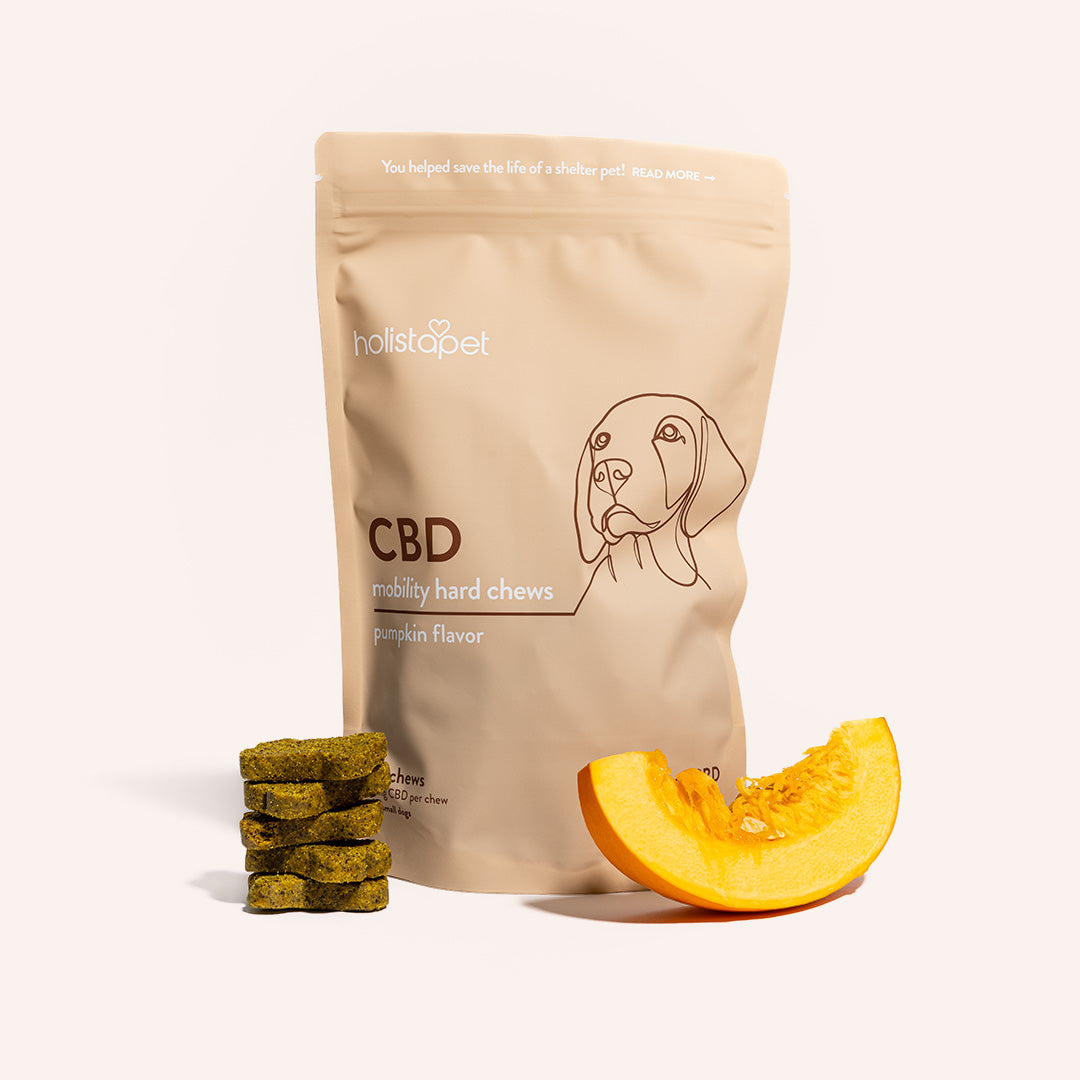
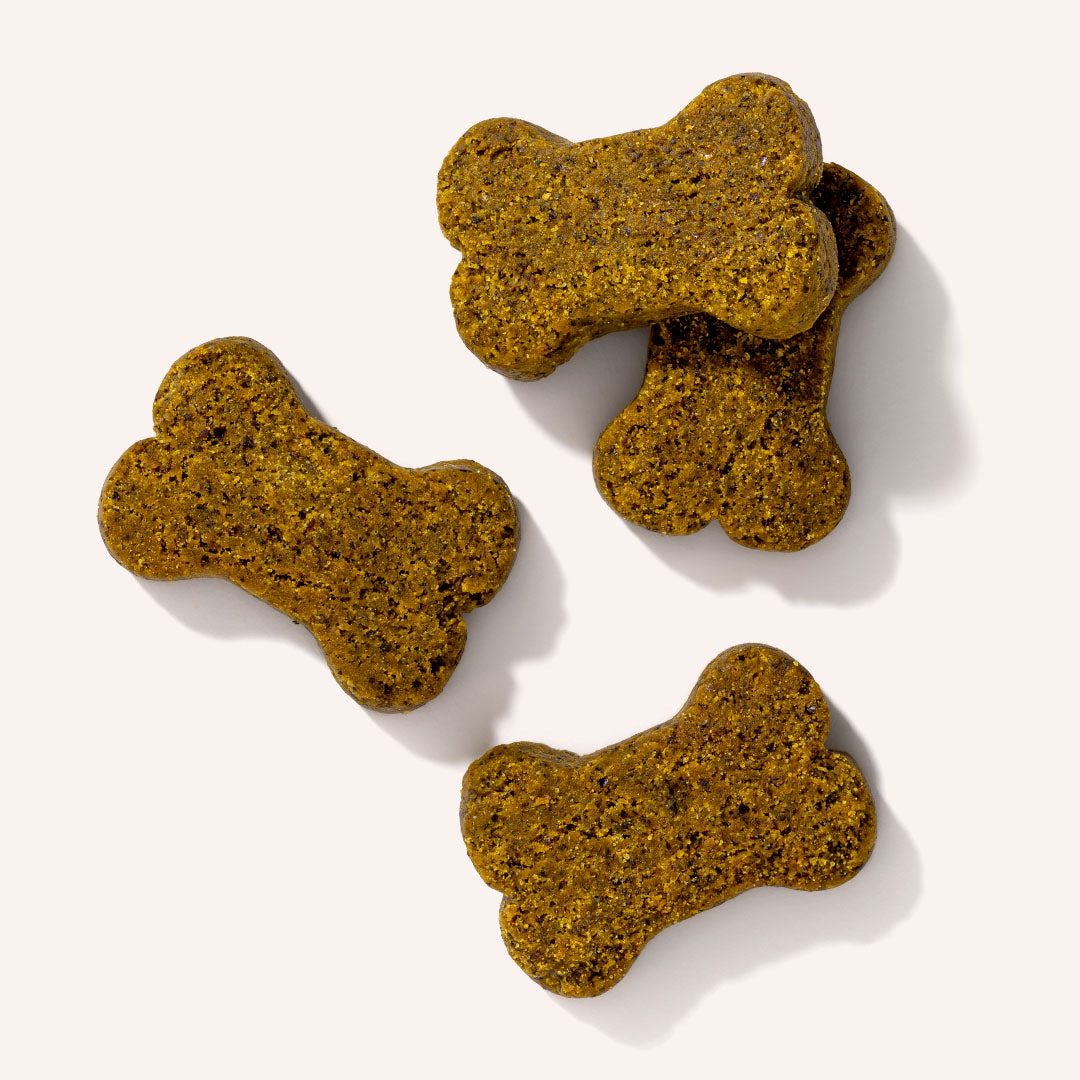

Leave a comment
All comments are moderated before being published.
This site is protected by hCaptcha and the hCaptcha Privacy Policy and Terms of Service apply.